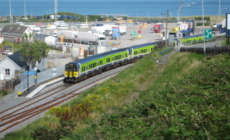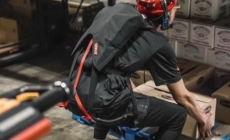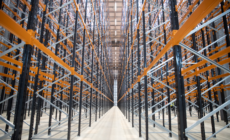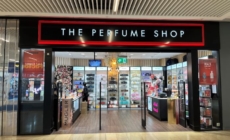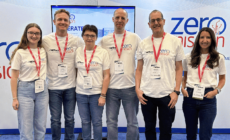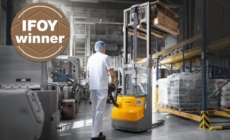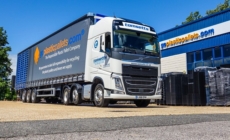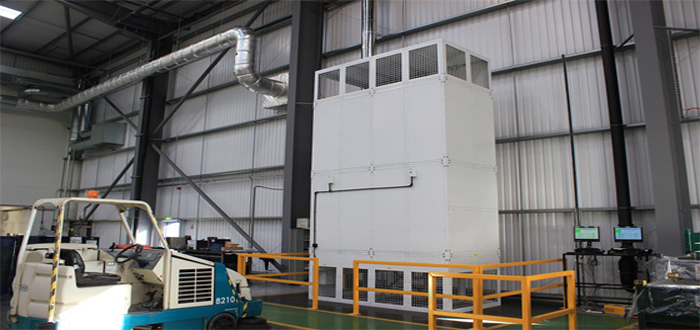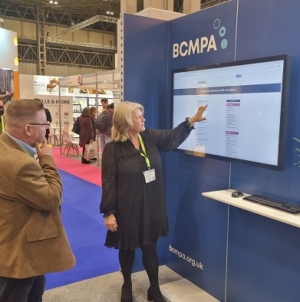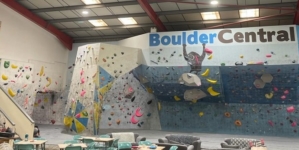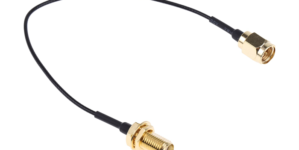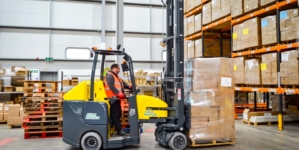-
ROSSLARE EUROPORT TARGETS HEALTH & SAFETY WITH CAMERA TELEMATICS PARTNERSHIP - 2 days ago
-
Landmark Study Reveals Wearable Robotics Significantly Boost Safety and Efficiency in Industrial Environments - July 24, 2024
-
Visku Tackle The Retail Seasonality Challenge One Pallet At A Time - July 22, 2024
-
KAMMAC AND BERGEN LOGISTICS STRENGTHEN FASHION & LIFESTYLE SERVICES IN THE UK - July 19, 2024
-
TENTBOX EXTENDS PARTNERSHIP WITH ARROWXL TO SUPPORT INCREASING DEMAND - July 17, 2024
-
The Perfume Shop improves customer journeys while driving profitability in partnership with Scurri - July 17, 2024
-
ZEROMISSION SECURES £2.3M ($3M) INVESTMENT TO ACCELERATE ELECTRIC FLEETS - July 16, 2024
-
BCMPA CELEBRATES SUCCESS OF 2024 CONFERENCE - July 15, 2024
-
Best of the Best: Jungheinrich Celebrates Triple International Award Win - July 12, 2024
-
GOPLASTICPALLETS.COM CALLS ON NEW CHANCELLOR RACHEL REEVES TO CONSIDER PLASTIC PACKAGING TAX REFORM - July 10, 2024
Air rotation heating proves ideal for Sertec’s logistics centre.
Powrmatic’s TE air rotation heating technology has proved to be the ideal solution for heating Sertec Group Holdings’ logistics centre in Coleshill. Powrmatic worked closely with Ward Services in designing the system to meet a number of challenges.
Sertec Group Holdings specialises in a range of steel and aluminium manipulation, robotic welding and assembly processes, mainly for the automotive sector, and has five sites in the Midlands, including the 11,700m2 facility at Coleshill. The design brief was to provide effective, energy efficient heating throughout the space.
Andrew Ward of Ward Services recalled: “With a roof ridge height of 16m this was a large space to heat, further complicated by plans for extensive racking, which narrowed the opportunities for locating heaters. There was also a limited gas supply.
“After discussions with Powrmatic we recognised that air rotation heating would be ideal for ensuring uniform heat distribution, irrespective of the positioning of the racking,” he added.
At Sertec, a 440kW TE heater has been installed at one end of the unit, close to the incoming gas supply to minimise pipe runs. A fan-only TE unit has also been installed at the other end of the space to boost air recirculation.
“Detailed planning was the key with this project and the communication between ourselves and Powrmatic was faultless,” Andrew Ward continued. “We were also very impressed with the ease of installation of the TE units, and their effectiveness.”
A Sertec spokesperson added: “We are very pleased with the innovative heating solution that Powrmatic and Ward Services have provided. It meets our comfort and energy performance criteria while also giving us the flexibility to reconfigure the space as and when we need to without the extra cost of altering the heating layout.”
Pioneered by Powrmatic’s sister company in the United States, air rotation heating is particularly suited for large spaces with high density racking as its operation maintains even temperatures throughout the space. It also provides considerable flexibility for spaces where the layout of racking changes on a regular basis, as there is no need to re-position the heater(s).
The principle of air rotation heating is that large volumes of heated air are moved through the space, with the air being recycled through the heater every 30 minutes or so. Experience shows that temperature variation either side of the set point is typically no more than 1.5°C – even in areas furthest from the heater(s) and irrespective of how the space is configured.
Additionally, air rotation heaters minimise the effects of stratification, whilst the use of a free-standing heater also reduces installation costs. Furthermore, because the units are floor standing, long term service costs will be lower as there will be no need for the access equipment that would be required to service and maintain high level heaters.
Air rotation systems are best applied in a 24-hour, seven-day continuous operation. When the building is not in use it can be set back to a temperature of typically 8-10°C below the usual day time operating temperature. This maintains air circulation and a background temperature that can quickly be returned to the day set-point design temperature when the space is occupied. www.powrmatic.co.uk


